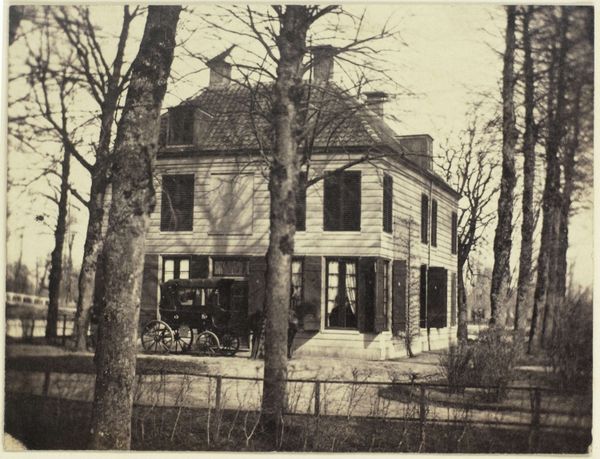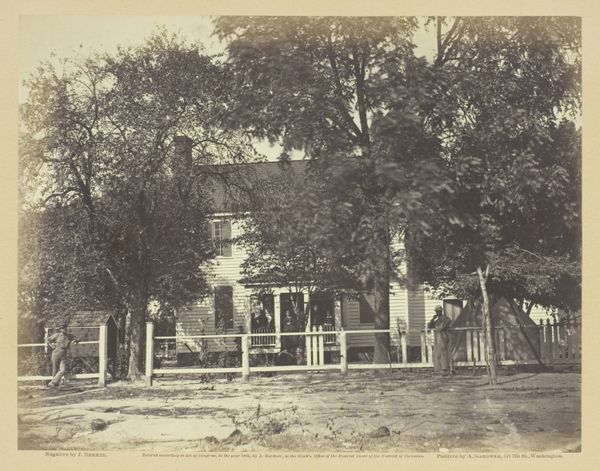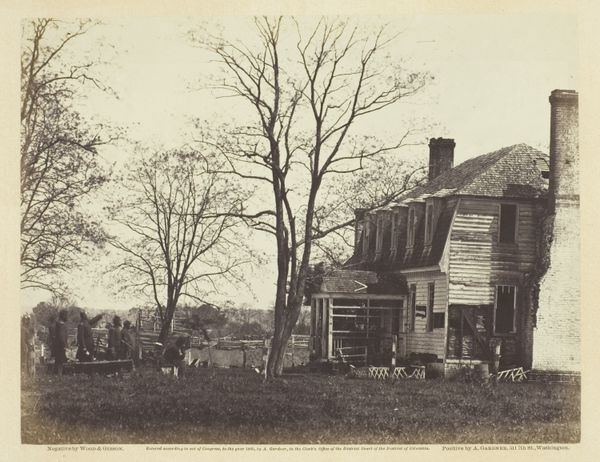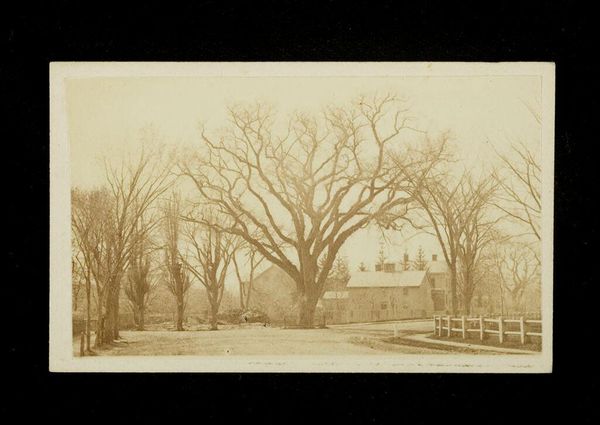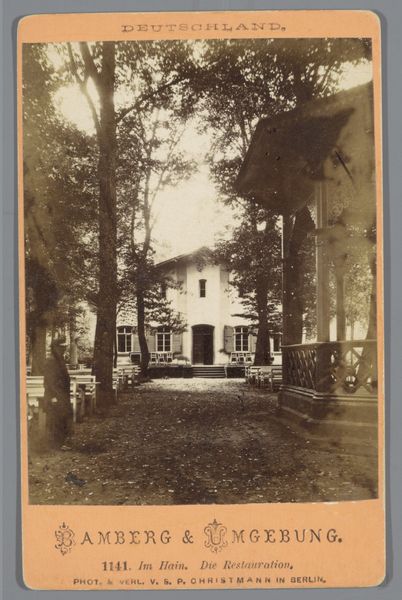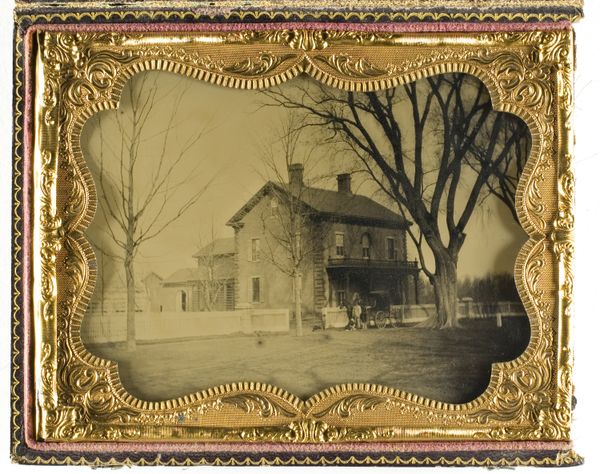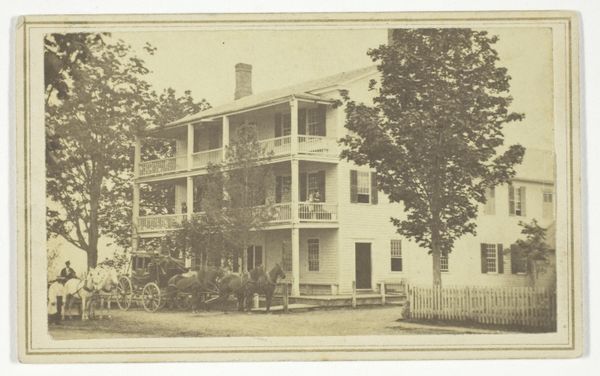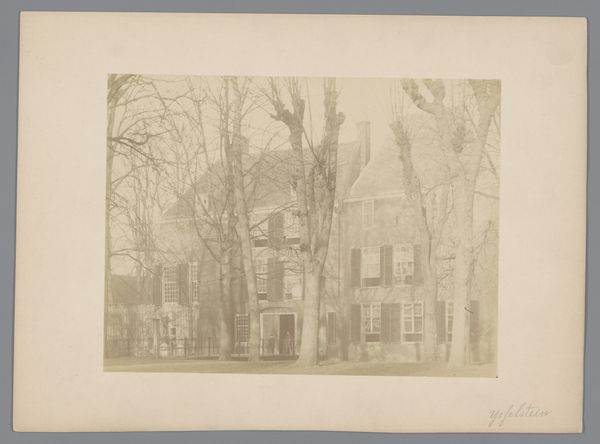
photography, albumen-print
#
16_19th-century
#
natural tone
#
pencil sketch
#
landscape
#
photography
#
united-states
#
cityscape
#
albumen-print
Dimensions: 9.3 × 6 cm
Copyright: Public Domain
This photograph, "Chittendon House," of unknown date, was made by an anonymous artist using the albumen print process. This was a popular photographic technique in the 19th century that used egg whites to bind the photographic chemicals to paper. The albumen process involved coating paper with a mixture of egg whites and salts, then sensitizing it with silver nitrate. This created a surface that would react to light, capturing the image from a glass negative when exposed to sunlight. The resulting print has a characteristic glossy surface and a sepia tone, visible here. The level of detail achieved was remarkable, given the labor intensive, alchemical process. In its time, photography was both celebrated as a technological marvel, and critiqued for its seemingly automatic nature. It challenged traditional notions of artistic skill and authorship. The albumen print, with its unique materiality and reliance on both scientific and craft-based processes, embodies this tension. It reminds us that every image is the result of human intervention, from the preparation of materials to the final presentation.
Comments
No comments
Be the first to comment and join the conversation on the ultimate creative platform.

